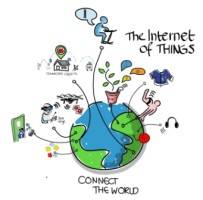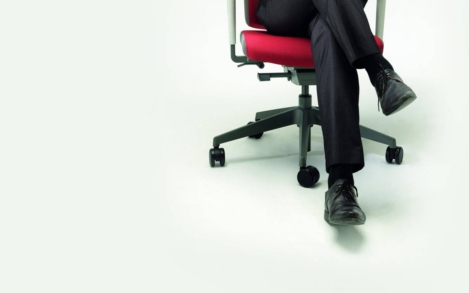January 7, 2016
Constant email checks may increase workplace stress as much as high volumes 0
 New research being presented today at the British Psychological Society’s Division of Occupational Psychology annual conference in Nottingham suggests that it’s not just the volume of emails that causes stress; but well-meaning habits and a need to feel in control. The research by Dr Richard MacKinnon from the Future Work Centre, suggests many people have developed some bad habits when it comes to managing email. Nearly half of those surveyed have emails automatically sent to their inbox (push notifications) and 62 percent left their email on all day. Those who checked email early in the morning and late at night may think they are getting ahead, but they could be making things worse, as the study showed that these habits were linked to higher levels of stress and pressure. The research also shows the role personality plays in our experience of email and how email has the potential to both positively and negatively impact our work-life balance.
New research being presented today at the British Psychological Society’s Division of Occupational Psychology annual conference in Nottingham suggests that it’s not just the volume of emails that causes stress; but well-meaning habits and a need to feel in control. The research by Dr Richard MacKinnon from the Future Work Centre, suggests many people have developed some bad habits when it comes to managing email. Nearly half of those surveyed have emails automatically sent to their inbox (push notifications) and 62 percent left their email on all day. Those who checked email early in the morning and late at night may think they are getting ahead, but they could be making things worse, as the study showed that these habits were linked to higher levels of stress and pressure. The research also shows the role personality plays in our experience of email and how email has the potential to both positively and negatively impact our work-life balance.























 In years gone by, a ‘one size fits all’ approach to office design might have been the norm, but as the decades have progressed, so too have the options available to businesses designing ‘homes from home’ for their office-based workforces. As new interpretations of the office environment proliferated, so the open plan model came to into being and eventually evolved into the default office design model. This initially brought greater variety than ever before but, ultimately, a one size fits all mentality in
In years gone by, a ‘one size fits all’ approach to office design might have been the norm, but as the decades have progressed, so too have the options available to businesses designing ‘homes from home’ for their office-based workforces. As new interpretations of the office environment proliferated, so the open plan model came to into being and eventually evolved into the default office design model. This initially brought greater variety than ever before but, ultimately, a one size fits all mentality in 
 Companies are rethinking the tools they use to keep employees engaged and loyal – especially at a time when flexibility and choice are increasingly important to an workforce that craves mobility and choice. A newly released survey from
Companies are rethinking the tools they use to keep employees engaged and loyal – especially at a time when flexibility and choice are increasingly important to an workforce that craves mobility and choice. A newly released survey from 







January 6, 2016
Two new studies that highlight the complexities of gender at work 0
by Mark Eltringham • Comment, Knowledge, News, Workplace
(more…)